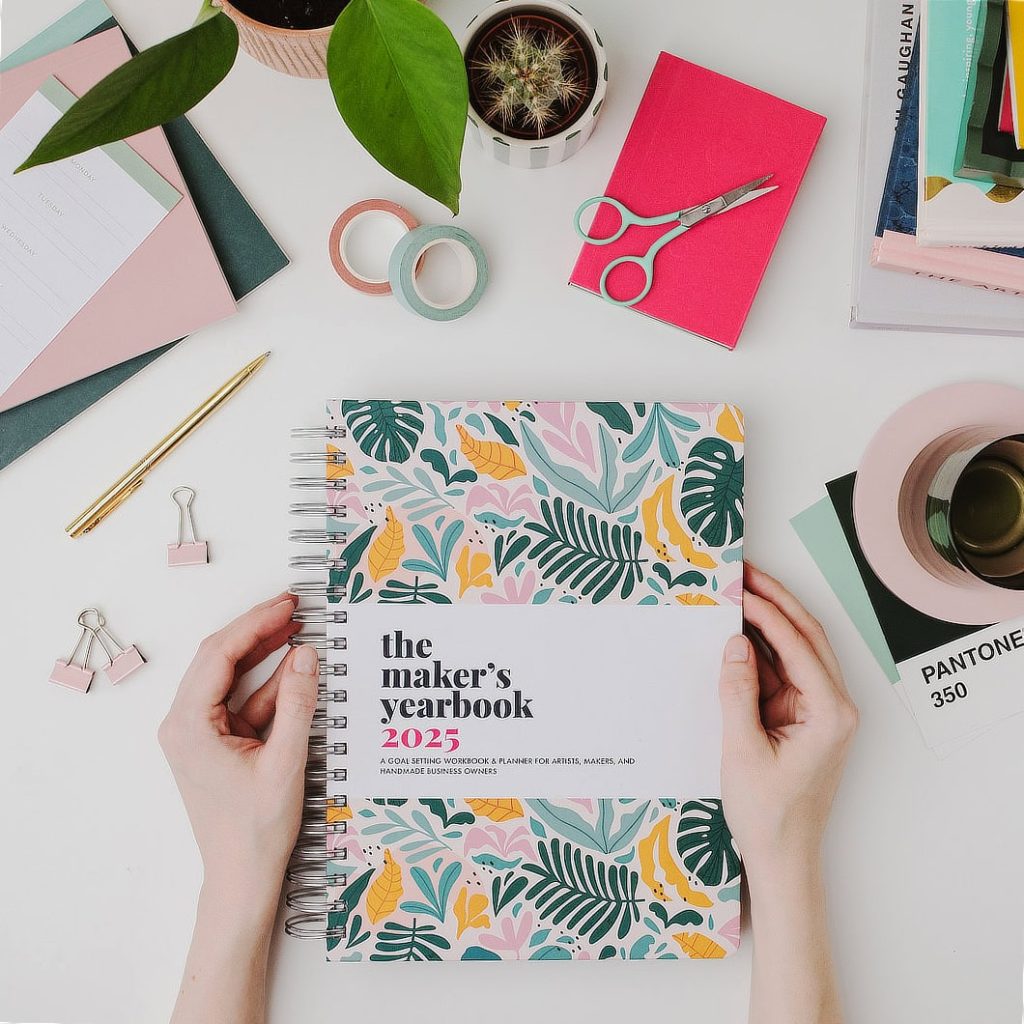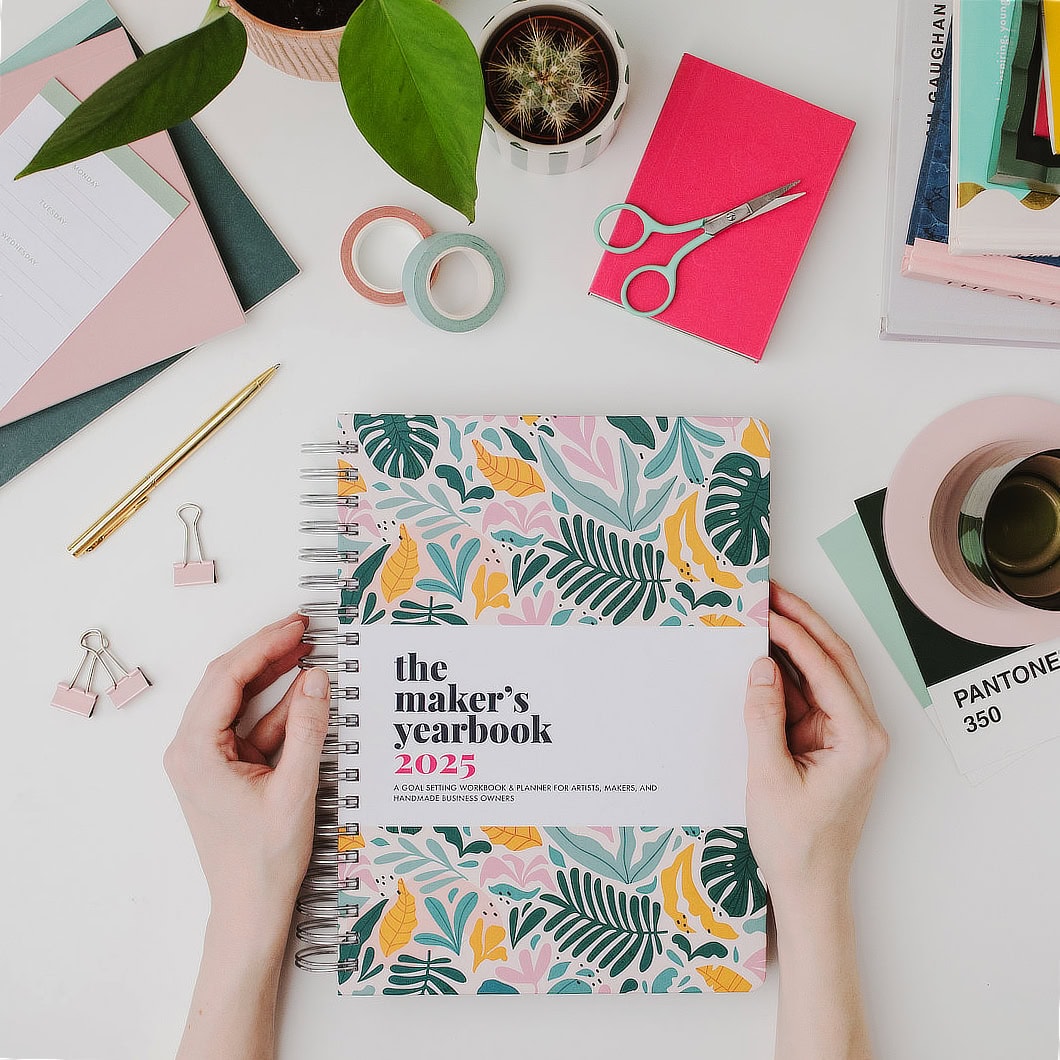
“Goal-Setting Strategies for Artists in the New Year”

**Goal-Setting Strategies for Artists in the New Year**
As the dawn of a new year unfolds, it’s the perfect time for artists to reflect on their creative journeys and set meaningful goals to push their art and careers forward. Whether you’re a painter, sculptor, illustrator, digital artist, or pursuing any other creative discipline, setting clear and achievable goals can help you stay focused, motivated, and organized. However, goal-setting can feel daunting or overwhelming without the right strategies. To help you start the new year on the right foot, here’s a guide to effective goal-setting tailored to the unique needs of artists.
—
### **1. Reflect on Your Creative Journey**
Before diving into new goals, take time to assess where you are. Reflecting on the past year can offer valuable insights and reveal areas for improvement or growth. Ask yourself:
– What art projects or achievements from last year are you most proud of?
– What challenges did you face, and how did you overcome them?
– Are there techniques, mediums, or subjects you wish you’d spent more time exploring?
Answering these questions can help clarify what you want to focus on in the upcoming year.
—
### **2. Define Your Artistic Vision**
To create meaningful goals, it’s important to understand your larger artistic vision. Ask yourself:
– What kind of artist do I want to be?
– What emotions, messages, or ideas do I want my art to convey?
– Where do I see myself as an artist in five or ten years?
Having a clear vision will help guide your specific goals and ensure they align with your overarching aspirations.
—
### **3. Use the SMART Goal Framework**
The SMART framework (Specific, Measurable, Achievable, Relevant, Time-bound) is a powerful tool for creating clear and actionable goals. Here’s how it applies to artists:
– **Specific:** Instead of setting vague goals like “improve my art,” be specific: “Master painting human anatomy using oil paints.”
– **Measurable:** Choose goals that can be quantified or tracked, such as “complete 10 paintings this year” or “grow my Instagram following to 5,000.”
– **Achievable:** Set goals that challenge you without overwhelming you. A mix of ambitious and realistic goals keeps you motivated.
– **Relevant:** Focus on goals that align with your artistic vision and personal values.
– **Time-bound:** Set deadlines or timelines to create a sense of urgency and keep you accountable.
For example, a SMART goal might look like this: “By March 31, I will complete three digital fantasy character designs to include in my portfolio for freelance opportunities.”
—
### **4. Break Down Long-Term Goals into Smaller Steps**
Big goals, like creating a solo exhibition or illustrating a children’s book, can feel intimidating. Break them down into smaller, actionable steps to make them more manageable. For instance:
– Large goal: Create an art portfolio to apply for gallery representation.
– Steps:
1. Research local galleries that align with your style.
2. Create a list of 10-15 pieces for the portfolio.
3. Dedicate time each week to finish one piece.
4. Write an artist statement and resume by May.
5. Submit applications by June.
By focusing on incremental progress, you’ll build momentum and avoid feeling overwhelmed.
—
### **5. Prioritize Skill Development**
The start of a new year is an excellent opportunity to enhance your technical abilities or learn new skills. Consider areas where you’d like to improve or experiment with, such as:
– Learning a new medium (e.g., gouache, 3D modeling, or ceramics).
– Mastering challenging techniques (e.g., perspective, lighting, or color theory).
– Taking online courses or attending workshops to expand your knowledge.
Set specific learning goals, such as “Watch three tutorials on watercolor techniques and complete two practice pieces by February.”
—
### **6. Create a Routine That Supports Your Goals**
Consistency is key to achieving artistic goals. Establish a daily or weekly routine that prioritizes your creativity. This might involve:
– Scheduling “studio time” for focused work.
– Setting aside specific days for sketching, brainstorming, or refining ideas.
– Creating a work-life balance that allows ample time for rest and inspiration.
Even short periods (30 minutes a day) of dedicated creative time can lead to substantial progress when practiced consistently.
—
### **7. Build Milestones and Celebrate Wins**
Goals are easier to achieve when you track your progress and celebrate small victories along the way. Create milestones for larger goals and reward yourself when you reach them. For example:
– Milestone: Complete and share the first three pieces of a planned art series by April.
– Reward: Treat yourself to new art supplies or an inspiring museum visit.
Celebrations, no matter how small, can boost motivation and make the creative process more enjoyable.
—
### **8.